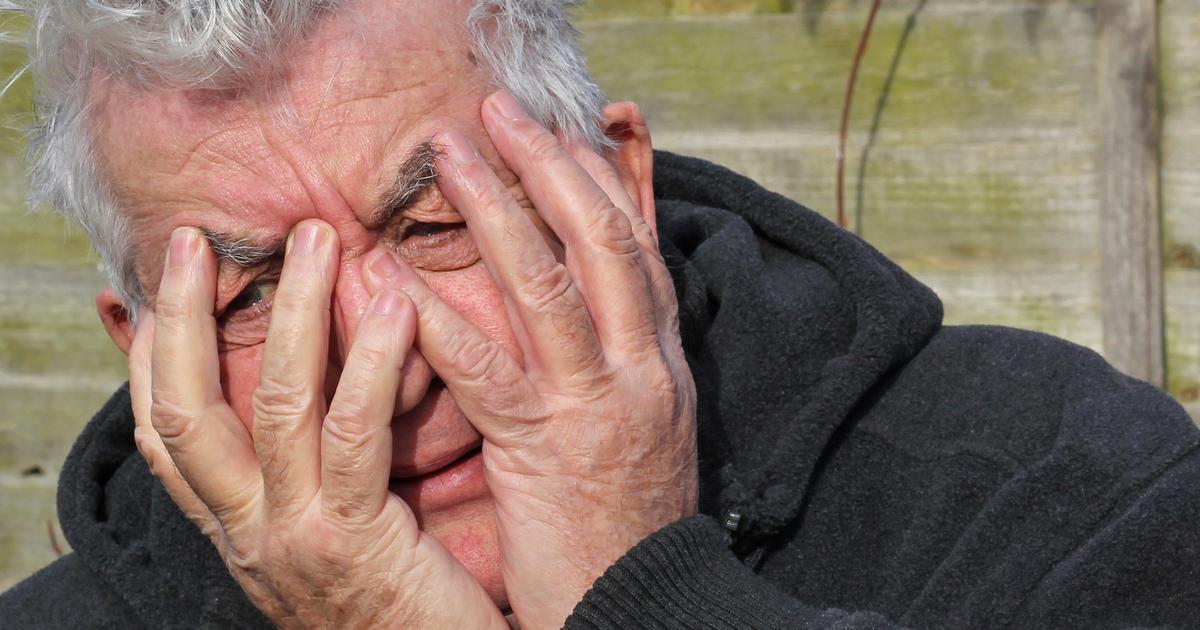Guide To The Major Types Of Anxiety Disorders
Panic Disorder

Panic disorder is an anxiety disorder that occurs when an individual has spontaneous panic attacks. Patients with the disorder also become very worried they might have another panic attack. The attacks come on unexpectedly, though they may also be brought on by stress. Some even experience symptoms when they wake from sleep. The majority of panic disorder cases have symptom onset after the age of twenty, but there have been children diagnosed with the condition. Around two to three percent of the United States population struggles with a panic disorder every year. Women have twice the rate of panic attacks as men. The disorder can impact a patient's day-to-day activities by making them miss work, avoid situations where a panic attack might occur, and cause them to see their doctor multiple times. Panic attacks are sudden, debilitating, and include feelings of terror, shortness of breath, rapid heart rate, and chest pain. They can feel very similar to a heart attack, which sometimes causes patients with panic disorder to seek emergency treatment.
Reveal more information on the major types of anxiety disorders now.
Obsessive-Compulsive Disorder

Obsessive-compulsive disorder is a widely misunderstood mental illness. Individuals with this condition have obsessive thoughts that drive them to engage in repetitive or harmful behaviors called compulsions. While it's common to have bad habits or the occasional unwanted thought, these things are debilitating for a patient with obsessive-compulsive disorder. The thought processes are persistent and cause a great deal of anxiety. Failing to follow through with compulsions also causes distress. The majority of obsessive-compulsive disorder patients are aware their obsessive thoughts aren't true, though others believe them to be true. Regardless of whether they're aware of the irrationality, it's difficult to stop focusing on the obsessions and redirect attention to more productive things. To be diagnosed with this disorder, the obsessions or compulsions must occur for more than one hour a day, impair day-to-day life, and cause serious distress. About one percent of the United States population has this disorder. The symptoms tend to manifest in adolescence, childhood, or young adulthood. The average age of onset is around nineteen years old.
Read more about the major types of anxiety disorders now.
